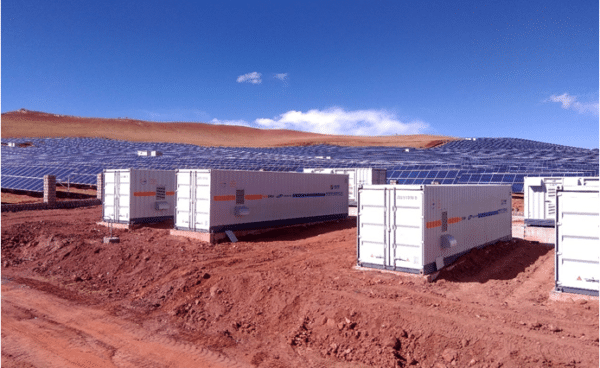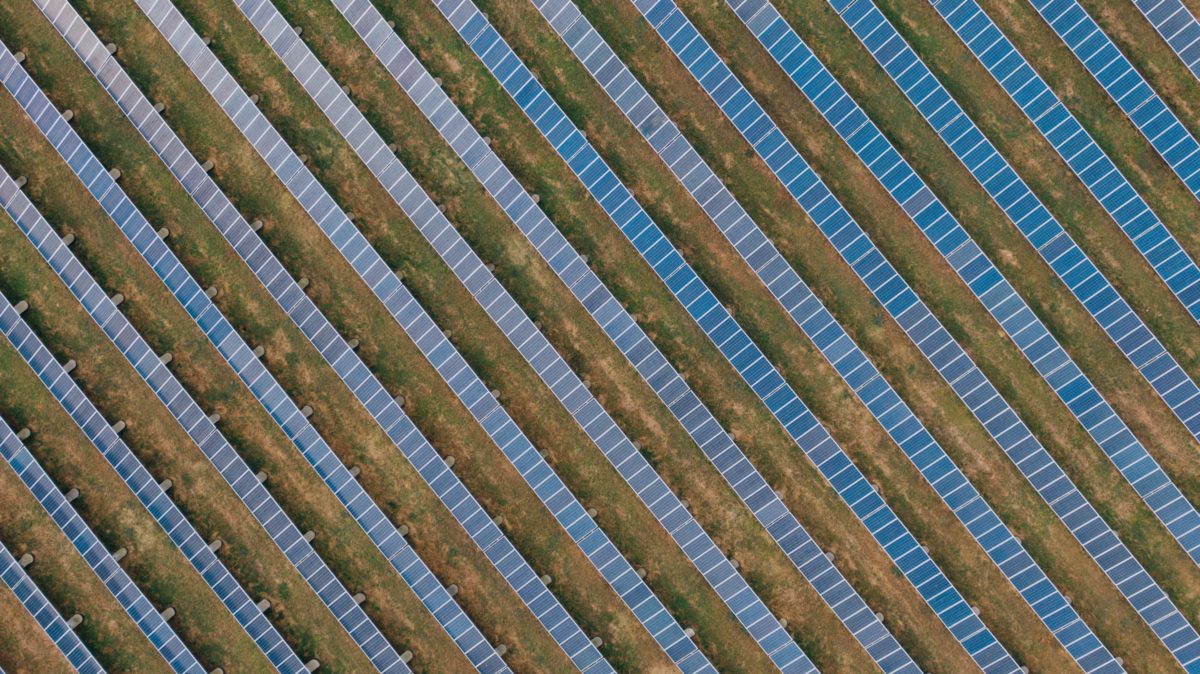Chicago-based Invenergy won regulatory approval in Wisconsin in 2020 for a 200 MW solar, 50 MW storage facility. The company now is seeking approval to add another 60 MW of storage, bringing the total to 110 MW in batteries.
Invenergy asked the Wisconsin Public Service Commission (PSC) to reopen its decision in May. The PSC is now accepting public comments on the proposal as part of its environmental analysis of the project.
In its application, Invenergy said the impact to the MISO grid by integrating a battery energy storage system at Paris Solar Energy Center will be positive. It said the storage system can act as an “electrical suspension” system for the grid, to smooth abrupt ups and downs in solar production that can occur on partly cloudy days. The battery system can furnish other grid services such as frequency response, voltage support, and output scheduling to potentially shift some afternoon production to later in the day, if needed, to correspond with peak demands, said Invenergy.
(Read “Data confirm the rise of solar-plus-storage hybrids across the U.S. grid”)

Image: Sungrow
The Paris Solar Energy Center, to be located south of Milwaukee, would produce enough power for 60,000 homes and would be among the largest proposed in the state of Wisconsin.
WEC Energy Group, parent company of utilities WE Energies, and Madison Gas and Electric filed a joint application in February to buy the Paris Solar Park for roughly $426 million. The companies are requesting to spend up to 10% more than that figure, and the acquisition process is still underway.
The solar array will feature between 550,000 to 750,000 solar panels rating between 350-550W, and Invenergy is selecting panels from a list that includes Canadian Solar, Hanwha Qcells, JA Solar, Jinko, Longi, Risen, SunPower, and Trina.
Invenergy secured the contracts for more than 2,500 acres of land. Initial designs call for the solar arrays to use 1,400 acres for the array, spacing, fencing, and access roads. The project is scheduled to reach commercial operation in the spring of 2023.
This content is protected by copyright and may not be reused. If you want to cooperate with us and would like to reuse some of our content, please contact: editors@pv-magazine.com.









By submitting this form you agree to pv magazine using your data for the purposes of publishing your comment.
Your personal data will only be disclosed or otherwise transmitted to third parties for the purposes of spam filtering or if this is necessary for technical maintenance of the website. Any other transfer to third parties will not take place unless this is justified on the basis of applicable data protection regulations or if pv magazine is legally obliged to do so.
You may revoke this consent at any time with effect for the future, in which case your personal data will be deleted immediately. Otherwise, your data will be deleted if pv magazine has processed your request or the purpose of data storage is fulfilled.
Further information on data privacy can be found in our Data Protection Policy.